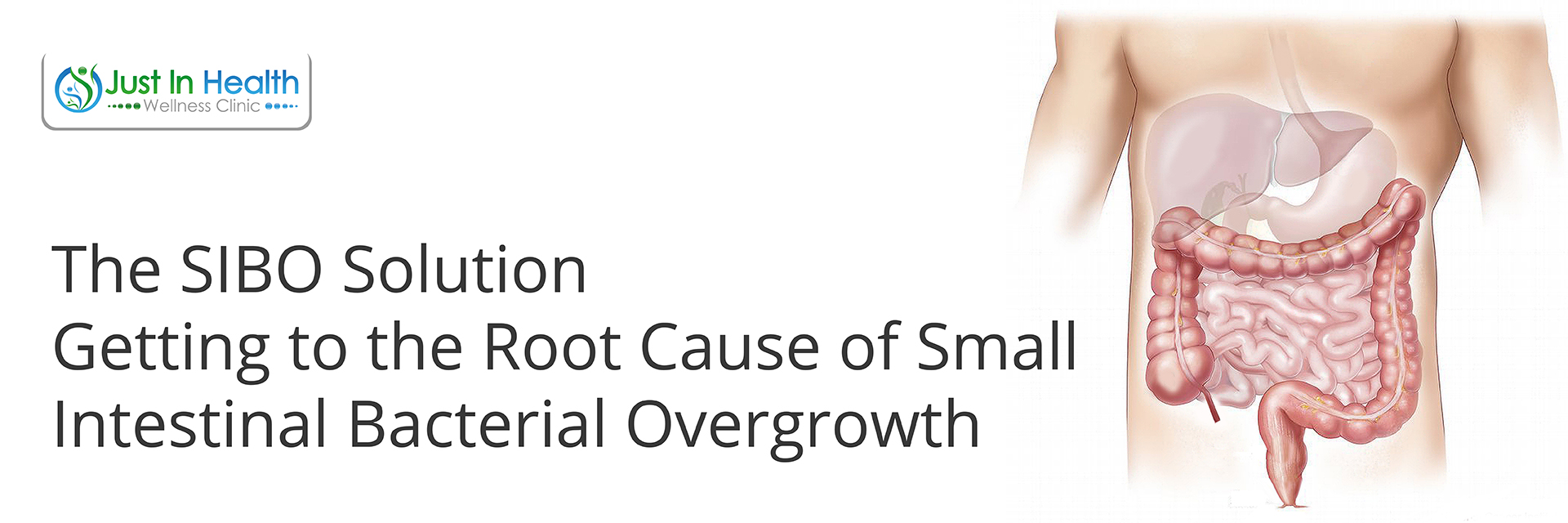

Initial antibiotic therapy is normally empiric and should be broad and cover both aerobic and anaerobic microorganisms. The goal needs to be directed at the reduction of symptoms. Consideration should be taken to stop the complete elimination of protective micro-bacterium. Many of the conditions linked with BOS are not reversible readily, and treatment is supported on antibiotics focused at rebalancing normal flora. The main approach needs to be the management of any anatomic defect or disease that promotes BOS. Treatment in BOS needs to include the correction of the main causal infection if any, with antibiotic therapy as well as support nutritionally. Partial obstruction caused by the following might result in BOS:

Involuntary contraction due to low serum calcium levels.
#Bacterial overgrowth in stomach skin#
Skin inflammation due to deficiency of selenium.Excess fat in feces due to malabsorption of lipids.Neurological disorder caused by deficiency of vitamin B-12.Small cell anemia caused by deficiency in iron.Large cell anemia caused by deficiency of folate/vitamin B-12.Physicians need to have a suspicion for BOS in individuals who make an appointment because of the following:Ĭases of advanced of BOS may also develop as malabsorption findings, as follows: However, a variety of vague GI symptoms are not uncommon in individuals who are affected. There are no precise symptoms for Bacterial Overgrowth Syndrome. Bacterial varieties typically present include enterococci, lactobacilli, oral streptococci, and other gram-positive aerobic or anaerobes. This relationship is believed to be essential for the typical digestive processes, immunity protection, as well as intestinal development. These bacteria are believed to be present from the time of birth thru adulthood, living in a close, long-term relationship with the human host. This upper intestinal tract was at one time believed to be an environment that was sterile but, low levels of various bacteria are currently widely believed to exist within or be attached to its surface. Also known as BOS, this is a term that illustrates the clinical materializations that happens when the usually low number of bacteria inhabiting the stomach, jejunum, duodenum, and proximal ileum increase considerably or are overtaken by other pathogens.


 0 kommentar(er)
0 kommentar(er)
